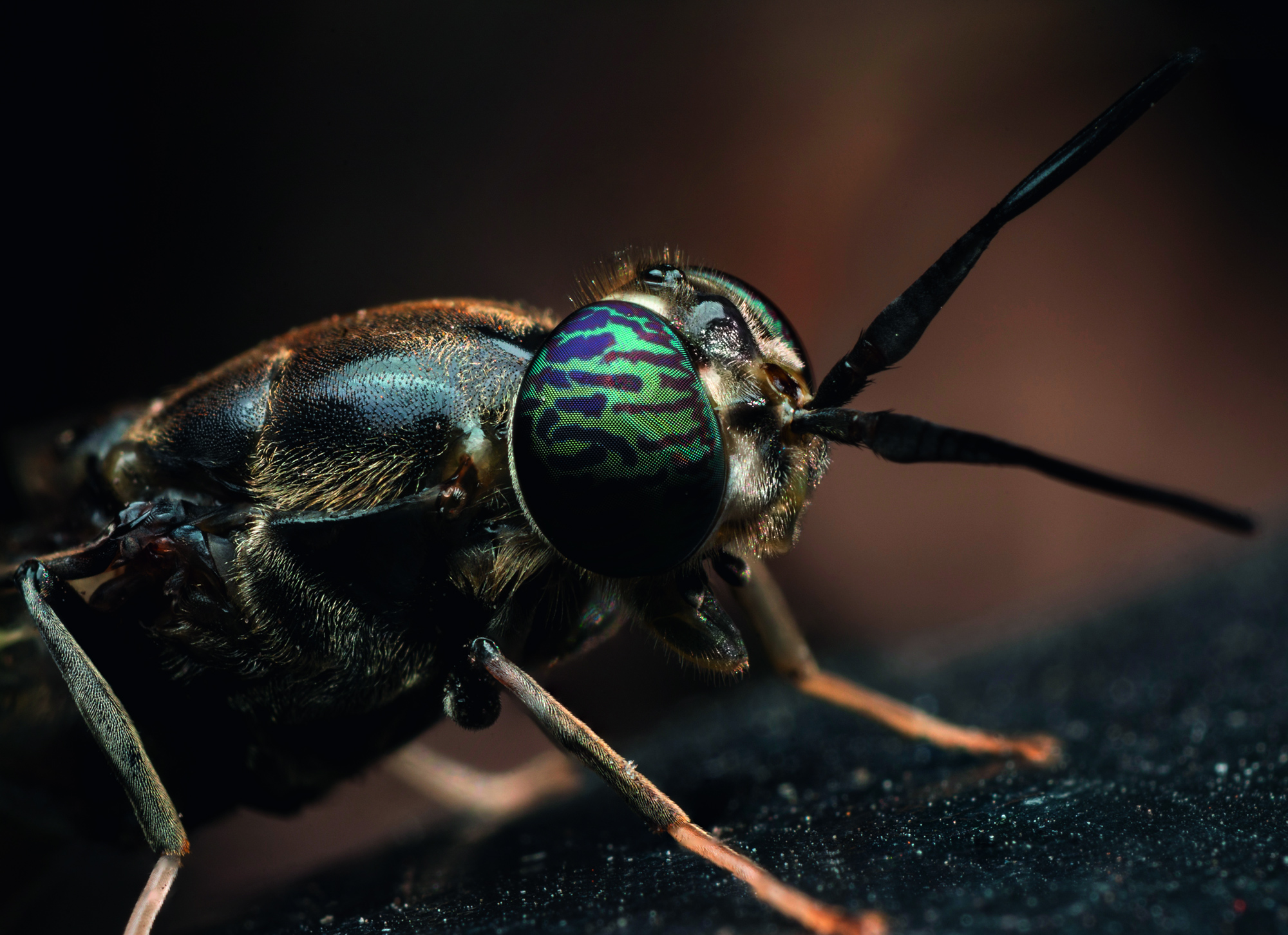
Business models in insect farming:
The ideal option for everyone.
Currently, a range of global business models exists, which all have at their core a similar approach based on the bioconversion of by-products. The feeding substrate can be purchased from one or several external suppliers. Other options are using the farm’s residual biomass or other waste. Insect farms can be set up as a full-line production site or as a rearing facility (grower) supported by a livestock supplier (breeder).

Full-liner and investors
The business model of full-line producers includes all life stages of the black soldier fly. It normally requires a large operation and needs to secure large volumes of feeding substrate (more than 100,000 tons of liquid feed per year). The livestock is supplied through the on-farm production of eggs.
Breeder and grower
These models are a classic decentralization of the livestock supply chain known from other animal production business lines. Breeders supply young insect larvae (known as neonates) to growers that rear the larvae to full size ready for further processing either on site or by a third party.
